Dumbphones in 2024: Social media trend or something more?
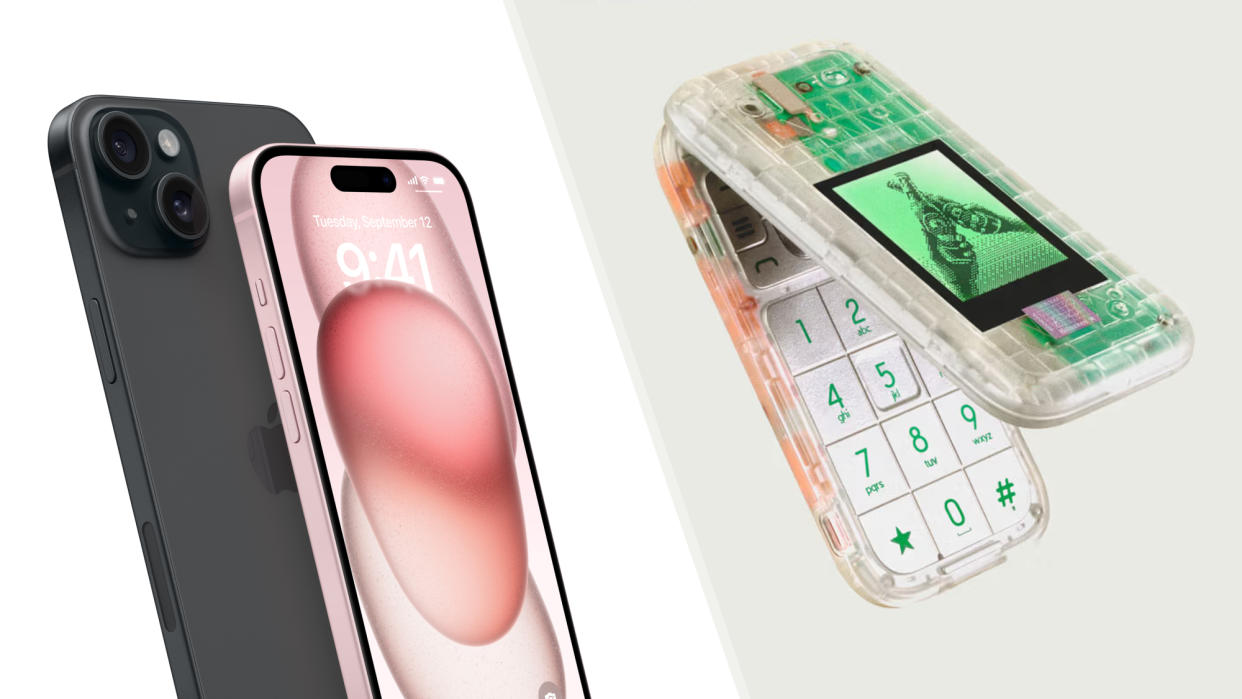
Would you use a flip phone in 2024? People worldwide, including Gen Z and Millennials, are setting their smartphones aside for “dumbphones.” What’s motivating people to leave behind the convenience of smartphones for a low-tech lifestyle?
For some young people, it is about trends and nostalgia for the 90s and early 2000s. However, interest in dumbphones goes deeper than that for many people, inspiring significant lifestyle changes to reduce screen time and address phone addiction.
Are dumbphones just a trend, a cure for social media addiction, or something else? The answer might surprise you.
The nostalgia of dumbphones
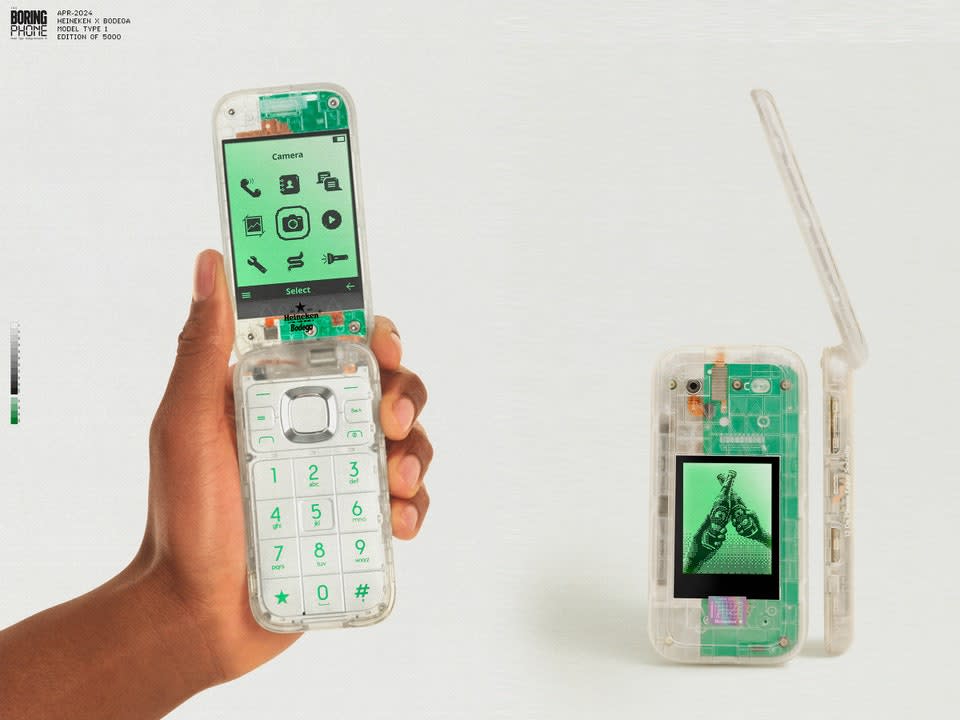
Last month, Human Mobile Devices, which Nokia owns, announced a peculiar new phone: the Boring Phone. This limited-edition flip phone is dripping with 90s nostalgia, from its transparent plastic case to the green and black QVGA display. HMD also plans to launch a Barbie flip phone in a partnership with Mattel.
These feature phones are capitalizing on trends that have been building among young people over the past couple of years. Gen-Z is looking back to the 90s and 2000s for inspiration for clothes, music, art, and social media content. Like Millennials sparking a resurgence in vinyl, Gen-Z is bringing back cassette tapes, CDs, and flip phones.
For some young people, trying out a flip phone is a fun way of connecting with the culture of the pre-Internet era. Most people in Gen-Z hardly remember a time before smartphones, making flip phones seem novel in comparison. On the surface, this nostalgia might seem like nothing more than a trend, but many young people have a legitimate reason for wanting to go back to flip phones: social media addiction.
Dumbphones as a cure for social media addiction
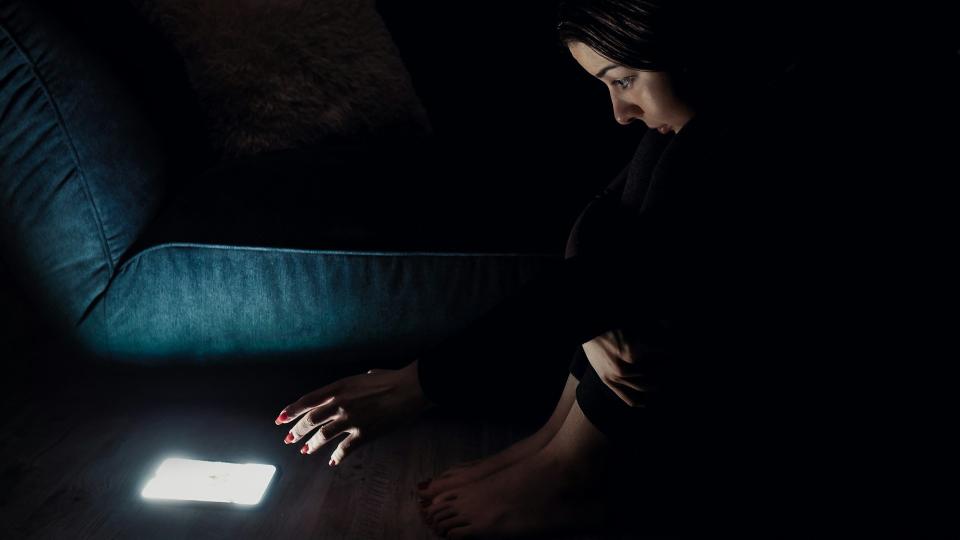
Beyond 90s nostalgia, one of the most common reasons people set their smartphones aside for “dumbphones” is screen time and social media addiction. A 2023 survey by Pew Research found that nearly 1 in 5 teenagers report being on YouTube “almost constantly” daily. Similarly, 48% of teens report being on TikTok twice daily or almost constantly.
Young people seem to be aware there’s a problem. The Pew Research study also found that 36% of teens think they spend too much time on social media. Teen girls, in particular, report that social media affects their behavior by leading them to post less often out of fear that others could use those posts to embarrass them.
Considering this tenuous relationship with social media, it’s unsurprising that interest in dumbphones and a time before social media is growing among young people, but the movement isn’t limited to Gen Z. Dumbphones are emerging as a drastic yet effective way of addressing phone addiction and all its side effects, such as depression and anxiety.
Jose Briones, author of Low Tech Life, has been using a dumbphone since 2019 and reviews dumbphones and minimalistic tech on his YouTube channel. I sat down to talk with him about dumbphones, and switching to one has impacted his life.
“I was spending a lot more time – roughly 12 to 13 hours a day – in front of screens,” Briones explained. “I started looking for alternatives and came across the Light Phone 2, and I decided to give it a try.”
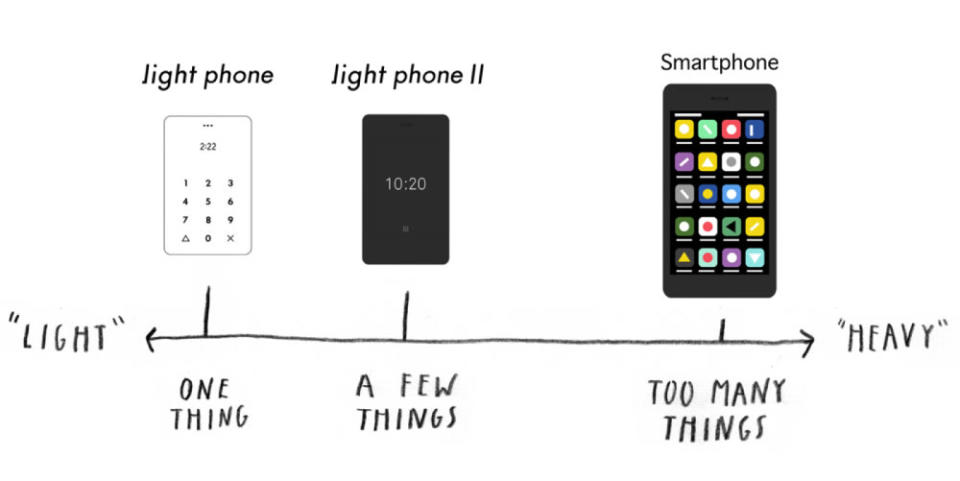
The Light Phone 2 is a unique product in the dumbphone market. It’s not a flip phone but rather a simplified semi-smartphone. It has a similar form factor to smaller smartphones like the iPhone 5 but features a touch e-ink display and a minimalistic collection of basic apps. For Briones, the Light Phone 2 was a helpful tool for reducing screen time, so much so that he’s been using it for over three years.
“The amount of time that I use my phone nowadays is way less,” Briones said. “The things I do with my phone and the activities I perform with my phone are more meaningful to me now. I’ve found a way to truly understand that my time is valuable, my attention is valuable.”
Briones warned that dumbphones aren’t an instant cure for social media addiction or phone addiction. “It will make you question, and it will make you uncomfortable right away, just because the device is meant and designed to do things that are completely different than a smartphone.”
The inconveniences of dumbphones can be a dealbreaker for some people; adapting to life without a smartphone requires strong self-discipline. The question is, are the drawbacks worth the benefits of a low-tech life?
Are dumbphones worth the trade-offs?
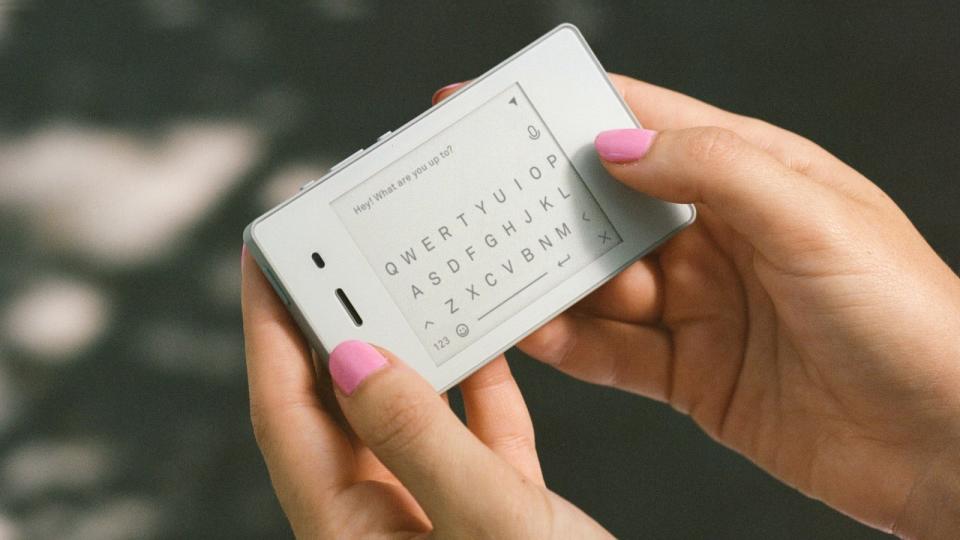
We’ve all been there: it’s January 1st, and you set a big goal for yourself, only to try it out for a week and then forget about it. Is this what happens when people try to leave their smartphone behind for a dumb phone?
Dumbphones have clear trade-offs, including losing apps like iMessage, Google Maps, and a web browser. Services like Uber can also become a problem since they rely on smartphones. For Jose Briones, the switch to the Light Phone 2 worked out, but not immediately.
“I think in the beginning, I just didn’t know how many things depended on my smartphone,” Briones recalled.
Switching to a dumbphone required finding other ways to access those things, such as using a physical card for public transportation rather than a smartphone app. Those trade-offs can be too inconvenient for some people over the long term or simply not feasible when certain apps are necessary for work or lack alternatives.
However, sacrificing the convenience of smartphones can pay off for those willing to make significant lifestyle changes. The inconvenience of dumbphones is crucial for them to succeed at reducing screen time. The benefits of adapting to a dumbphone can extend beyond screen time and social media habits, too.
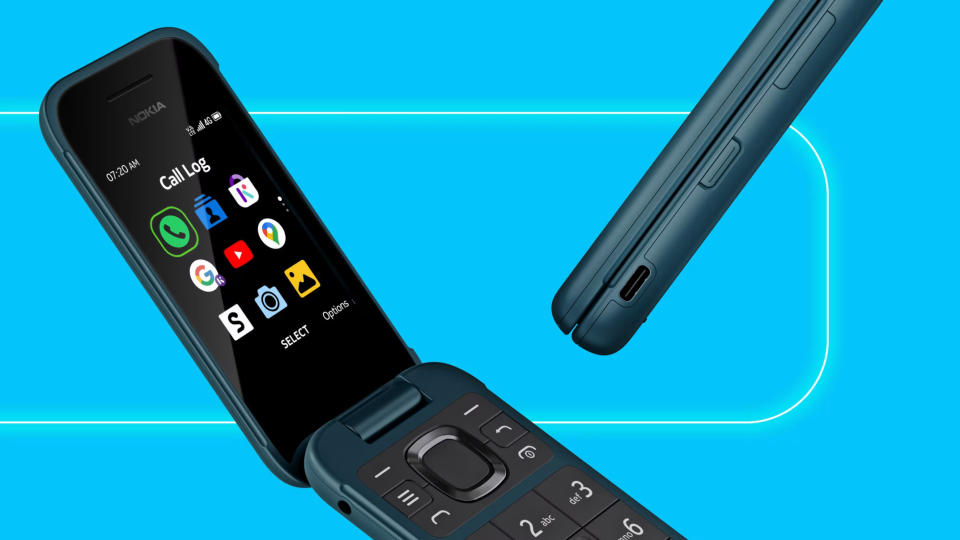
Dumbphones make communication and socializing more complicated than they would be with a smartphone. While that may sound like a serious drawback, it can result in healthier relationships and more meaningful time with other people in real life rather than digitally.
Briones explained that using a dumbphone caused a major shift in how he communicates with his friends and family, noting, “I have friends I call every so often, and we don’t text for weeks. We just catch up in a phone call.”
By letting go of instant communication, Briones has been able to focus on staying in touch with a smaller group of people he has closer bonds with. This highlights one of the main goals of digital minimalism, which is all about rethinking how we interact with technology to create a healthier balance between the real and digital worlds. Adapting can require perseverance and persistence, but it can also result in significant positive changes in physical and mental well-being.
Briones said, “There will be a lot of friction, but you will also reduce your screen time drastically. They may not be the solution for everybody, but they are viable if you are willing to change your lifestyle.”
Digital minimalism for the rest of us
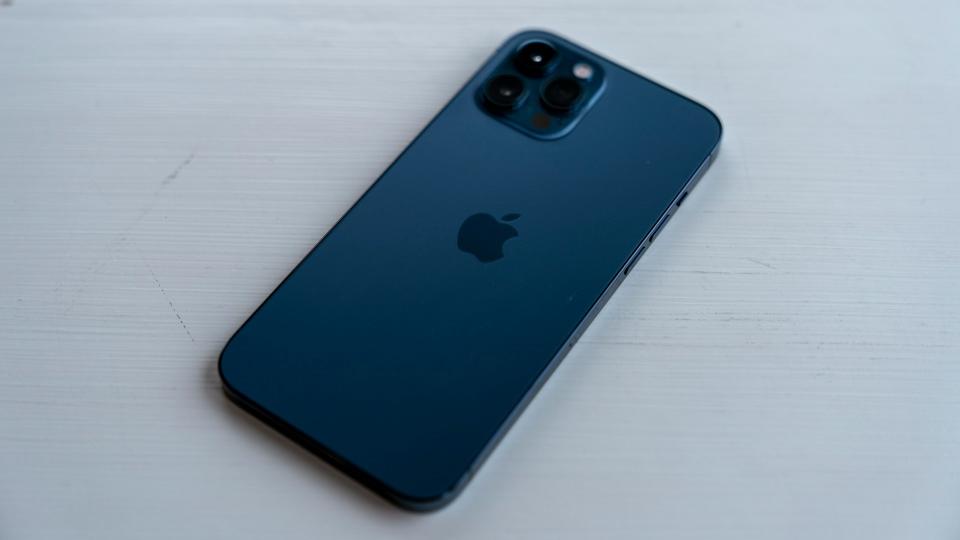
What if you need your smartphone for work or don’t want to lose access to certain apps? It’s still possible to embrace digital minimalism and reduce your screen time. As Jose Briones pointed out, dumbphones are just one method of addressing concerns like social media addiction or doom scrolling. You can try plenty of other solutions without trading in your iPhone 15 for a Nokia flip phone.
“The important [thing] is, is your overall quality of life improving? Are you becoming a better person? Is this leading you to better habits? And if it is, go for it. But if it’s not, you need to rethink,” Briones explained.
One of the alternatives he suggests is using tools like the Brick to reduce screen time without buying a new phone. The Brick combines an app and a physical magnetic key to help users take breaks from their smartphones. People can also try simple tactics like deleting social media and unnecessary apps or scheduling time in the day to turn off their phones for an hour and take a break.
Digital minimalism and dumbphones aren’t a one-size-fits-all solution to smartphone dependency nor a trend powered by nostalgic teenagers. However, adopting a low-tech lifestyle can help people take back their time and attention from addictive apps. Beyond the ‘90s-themed flip phones, the dumbphone movement is part of a growing awareness of how much phones have consumed our daily lives.
Digital minimalism and dumbphones offer a path toward interacting with technology more meaningfully. By being more intentional about screen time, we can experience a greater appreciation for what all the devices in our lives have to offer without sacrificing meaningful relationships with the people around us. As someone who loves tech, that would be a worthwhile trade-off. After all, technology should enhance our life, not consume it.

